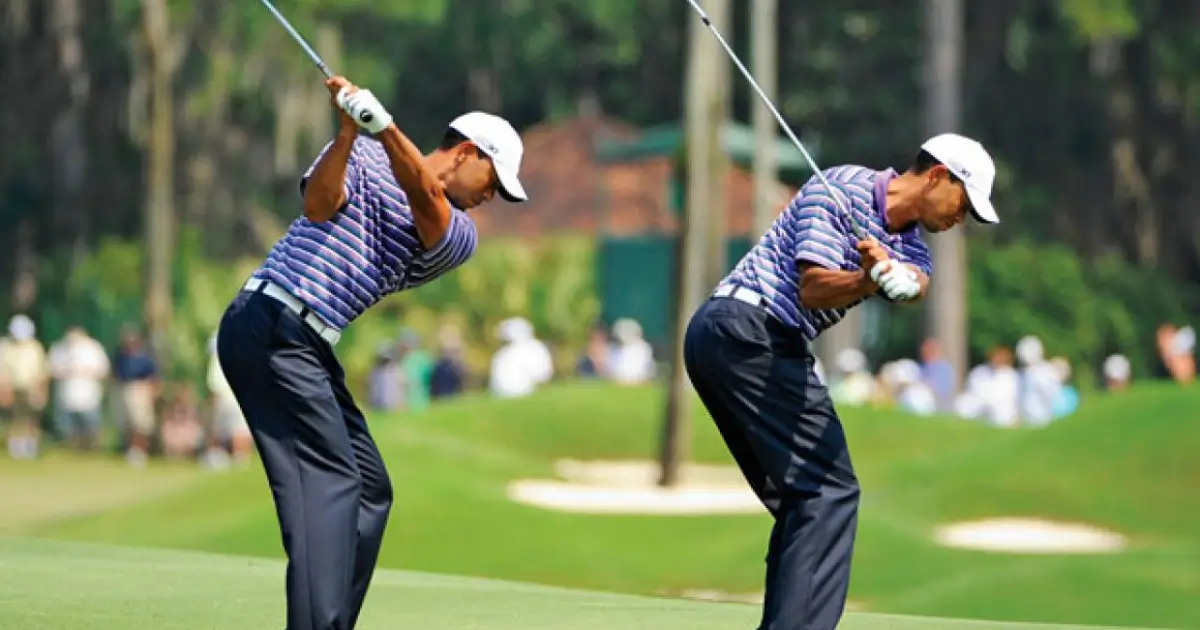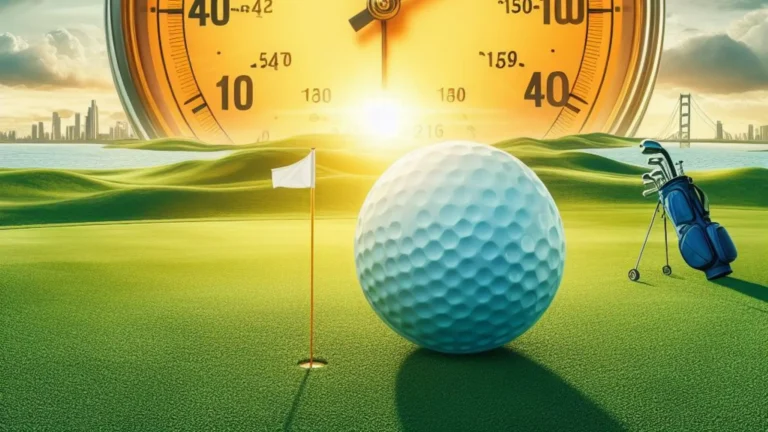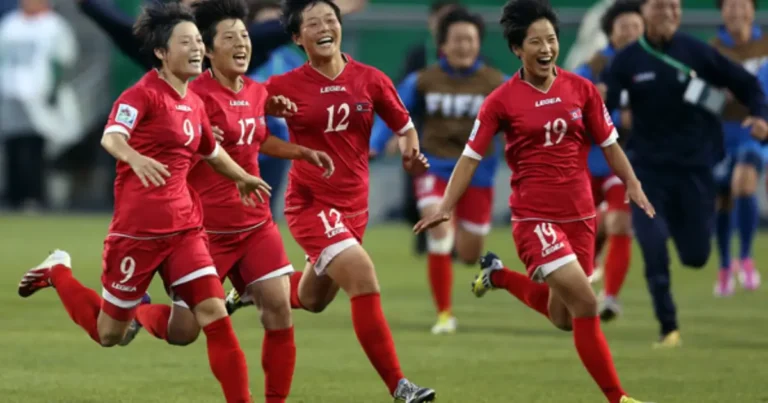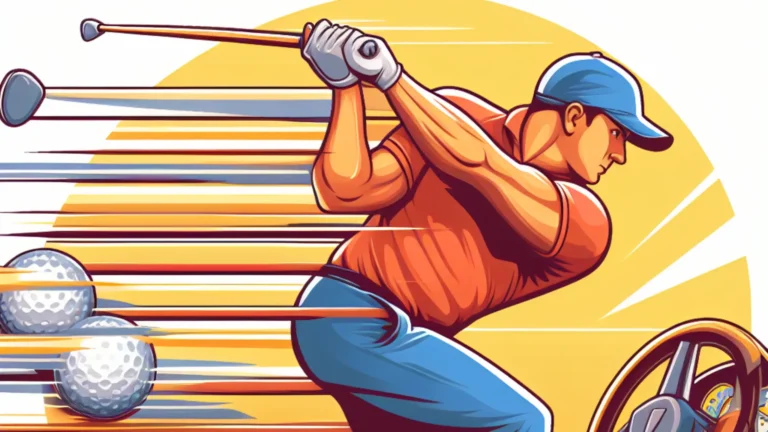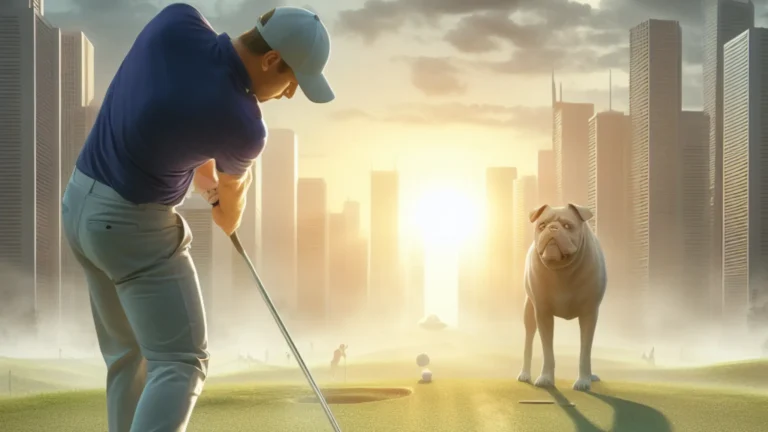What Part of the Body Starts the Golf Downswing?
In the complex world of golf, every movement, every nuance of the swing is extremely important. The transition from the backswing to the downswing is a critical part of this intricate dance, as it sets the stage for a powerful and accurate strike. The question that has captivated golfers, both professionals and amateurs, is “What part of the body starts the golf downswing?” This enigmatic question has sparked numerous debates, with experts offering various perspectives and theories. In this comprehensive article, we will delve deeply into the mechanics of the golf swing, unraveling the mystery and exploring the various schools of thought surrounding this critical stage.
The Body: The Powerhouse Ignition
Many golf instructors and biomechanics experts believe that the torso plays an important role in starting the golf downswing. As the backswing reaches its peak, the torso begins a subtle rotation, causing a chain reaction to propel the club toward the ball. This torso rotation, also known as “clearing the hips,” is a critical part of the transition phase.
By engaging the core muscles and initiating torso unwinding, the body forms a powerful kinetic link that transfers energy down the kinetic chain, resulting in a dynamic and efficient downswing.
The Hips are The Catalyst for Coiling
Another school of thought believes that the hips are the true cause of the downswing. Proponents of this theory argue that the hips initiate the unwinding process, resulting in torso rotation and, eventually, clubhead release. During the backswing, the hips coil and store potential energy like a tightly wound spring.
As the hips begin to unwind, they set off a chain reaction that propels the entire body into the downward swing. This hip-initiated movement, known as the “hip turn,” requires precise timing and execution to generate maximum power and consistency in the golf swing.
Shoulders: The Pivotal Pivot
Some golf experts believe that the shoulders play an important role in initiating the downswing. As the backswing reaches its peak, the shoulders make a subtle transition, allowing the upper body to relax. The shoulder rotation, also known as the “pivot,” is a critical component of the transition phase.
By engaging the shoulder muscles and starting the downward motion of the arms and club, the body creates a smooth and fluid transition into the downswing. Advocates of this theory argue that the shoulder pivot serves as a catalyst for subsequent torso, hip, and club release movements.
The Arms are The Conduit of Kinetic Energy
While less frequently mentioned, some golf instructors believe that the arms play an important role in starting the downswing. As the backswing reaches its peak, the arms begin a gentle downward motion, serving as a conduit for transferring kinetic energy from the body to the club.
This arm movement, commonly known as the “drop,” is an essential part of the transition phase. By engaging the arm muscles and initiating the club’s downward acceleration, the body creates a dynamic and efficient energy transfer, resulting in a powerful and accurate strike.
The Feet are the Foundation of The Swing
While the feet are not directly responsible for starting the downswing, they do play an important role in laying a solid foundation for the entire swing motion.
During the backswing, the feet maintain a firm grip on the ground, forming a stable foundation for the body’s rotational movements. As the downswing begins, the feet serve as a pivot, allowing the torso, hips, and shoulders to relax and transfer energy to the club. Without proper footwork and balance, the downswing can become compromised, resulting in inconsistencies and errant shots.
FAQs
Q: Is there a deal among golf experts about which part of the body initiates the downswing?
Golf experts disagree on which part of the body begins the downswing. Different instructors and biomechanics experts hold different views, with some emphasizing the importance of the torso, hips, shoulders, arms, or even the feet in initiating the downswing transition.
Q: Why is it important to understand which part of the body initiates the downswing?
Knowing which part of the body initiates the downswing is critical to developing proper swing mechanics and consistency. It helps golfers focus on the proper movement sequence and timing, allowing them to generate maximum power and accuracy during the downswing phase.
Q: Can more than one body part initiate the downswing at the same time?
Some experts believe that the downswing is caused by a coordinated effort of multiple body parts working together. For example, the hips may begin to unwind while the torso and shoulders simultaneously initiate rotation, resulting in a smooth and efficient transition into the downswing.
Q: How does the starting point of the downswing influence swing mechanics?
The part of the body that initiates the downswing has a significant influence on the overall swing mechanics. For example, if the hips start the downswing too early, it can result in a loss of power and inconsistent ball striking. Conversely, if the shoulders or arms start the downswing too soon, it can cause a lack of body rotation and potential accuracy issues.
Q: Can a golfer consciously focus on starting the downswing with a specific body part?
Yes, golfers can deliberately focus on starting the downswing with a specific body part, such as the torso, hips, shoulders, or arms. However, because the golf swing is a fluid and coordinated motion involving the entire body, it is critical to strike a balance and avoid emphasizing any single movement.
Q: Does the starting point of the downswing change depending on skill level or swing characteristics?
The starting point of the downswing can differ depending on a golfer’s skill level, swing characteristics, and personal preferences. Professional golfers frequently use a more refined and coordinated approach, whereas beginners or those with particular swing tendencies may benefit from focusing on a specific body part to initiate the downswing.
Q: Can golf instruction or training help improve downswing initiation?
Absolutely. Working with a qualified golf instructor or taking part in swing analysis and training can help golfers identify and improve their downswing initiation. Instructors can use drills, visual aids, and personalized feedback to help golfers develop proper swing mechanics and timing during the critical transition from backswing to downswing.
Conclusion
Perfecting the golf swing is a never-ending quest, and determining which part of the body initiates the downswing highlights the game’s complexities. While there may not be a single, definitive answer, investigating the various theories and perspectives provides valuable insights into the complex mechanics of the golf swing. The torso, hips, shoulders, arms, and feet all play an important role in the intricate choreography of the downswing.
Finally, understanding the interconnectedness of the body’s movements, as well as the delicate balance required to maximize the potential of this dynamic motion, is the key to unlocking its secrets. As golfers improve their techniques and strive for mastery, the pursuit of the perfect downswing will continue to evolve, driven by a love of the game and a thirst for knowledge.

